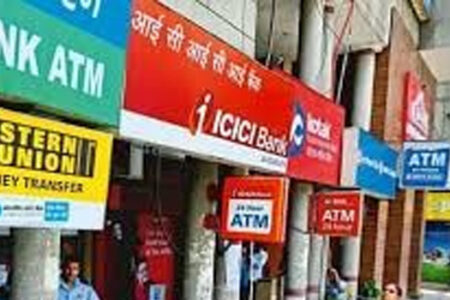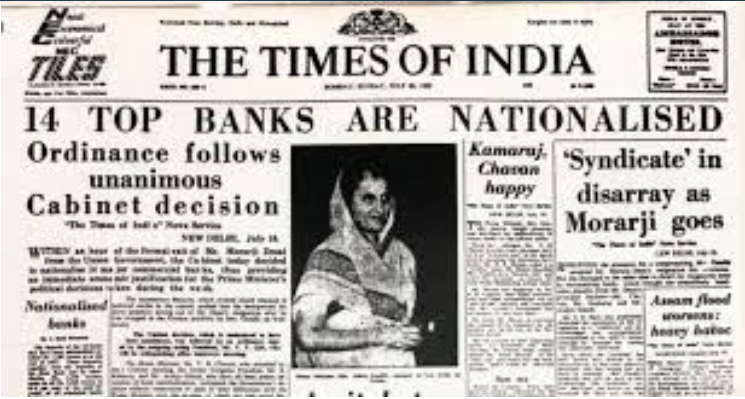A king loved walking on the streets but didn’t want his feet to get dirty. So, a hefty award was announced for the person who could solve his problem. The first aspirant came with thousands of brooms; the cloud of dust, formed over the kingdom, made the king sick. The second one killed millions of sheep but still couldn’t cover half of the roads with their skin. Finally, a cobbler entered the royal court; measured the king’s feet and stitched a pair of sandals to cover them. The king could walk on the streets without getting his feet dirty.
How do we solve the problem that investors are facing for perceived inefficiencies of the credit rating agencies (CRAs) in India? A series of defaults by corporations have hit the lenders and bond holders hard and the CRAs are being blamed for misguiding the investors on the creditworthiness of companies.
Icra Ltd, a Moody’s Investors Service company, downgraded Infrastructure Leasing & Financial Services Ltd from investment grade to junk, AA+ to D, by nine notches, at one go. The company had been enjoying the AAA status since 1997 and three CRAs — Icra, India Ratings & Research Pvt Ltd and Care Ratings Ltd– had rated it AAA, the highest level of creditworthiness. Another CRA, Brickwork Rating India Pvt. Ltd, has recently been penalised by the Securities and Exchange Board of India (Sebi) for not adhering to the code of conduct. It delayed recognition of default in debt repayment by two companies.
A review of regulations governing the CRAs is imminent. The suggestions include an investor-pays model (now the issuers of debt papers pay for rating), mandatory rotation of rating agencies to avoid long association between the issuer and the CRA (intimacy blurs perception!), compulsory ratings by at least two or even multiple CRAs, particularly when the quantum of debt is big, more than Rs 100 crore, and more CRAs to infuse competition.
There are 10 CRAs in the US but the “Big Three” — Standard and Poor’s, Moody’s, and Fitch Ratings — have a monopoly there. India has seven CRAs but here too the three large ones — Crisil Ltd, Care and Icra — roughly account for 80 per cent of the rating business and the rest is shared by India Ratings, Brickwork Ratings, Acuité Ratings & Research Ltd (erstwhile Smera Ratings Ltd) and the newest entrant, Infomerics Valuation and Rating Pvt. Ltd.
Theoretically, one would welcome competition for two reasons – a reduction in fees and rise in the quality of rating. The fees are already low. The floor for bank loan ratings for many CRAs is Rs 40,000 and the fees for debt instrument ratings are typically a few basis points, which can go up to 10 basis points, of the size of the debt being raised. One basis point is a hundredth of a percentage point.
Instead of raising quality, the presence of more rating agencies can end up diluting the standard further as often, many suspect, a few CRAs compromise on rating standards to get business. For the same reason, the investors-pay model might not work as nexus can build between the investors and the raters.
Most investors, particularly the mutual funds, often treat rating as a formality — a `stamp’ that allows them to invest in a particular paper. They hate any downgrade as that affects the valuation and erodes the net asset value of the investment. If indeed the investors need to spend money to be assured of the quality of a debt paper, why would they pay the CRAs? They would rather spend the money themselves to conduct the so-called due diligence.
Like the cobbler who stitched the king’s sandal to keep his feet dust free, the simplest solution is the creation of debt market. Currently, long-term investors such as insurance and provident funds do not invest in relatively inferior papers as the Insurance Regulatory and Development Authority, Employees Provident Fund Organisation and Pension Fund Regulatory and Development Authority allow only a minuscule portion of a fund to be invested in below AA rated papers.
Banks too are not excited to lend to a borrower that does not have BBB- rating (the lowest investment grade) as the risk weightage for such loans is higher. Higher risk weight means a bank needs more capital if it takes exposures to such papers.
In short, the solution is creation of a junk bond market. Investors and banks can price in the risk and take exposures to lesser rated debt papers and corporations. Unless the investment norms are relaxed, the CRAs will always be under pressure to give higher ratings. The US bond market is 120 per cent of the country’s GDP; in contrast the Indian bond market’s share of GDP is a shade over 15 per cent.
To be fair to the CRAs, one of the contributing factors to the delayed default recognition is unavailability of live data. Banks are required to furnish data of one-day default by borrowers (with exposures of at least Rs 5 crore) to the Central Repository of Information on Large Credits (CRILC) but such data is not available to the CRAs.
While this is a handicap, a few CRAs take advantage of this and delay the defaults to look good as that serves the purpose of both the issuers and the investors. The access of live data will equip the CRAs to better appreciate risks but, at the same time, they should face hefty penalties for negligence.
Both S&P and Moody’s were penalised for failure in quality control of ratings to mortgage-backed securities that led to the global financial crisis of 2008. In addition to a $1.37 billion penalty, S&P paid $125 million to the California Public Employees’ Retirement System and another $80 million to the Securities and Exchange Commission, the independent federal government agency responsible for protecting investors and overseeing the securities markets. Moody’s paid a $437.5 million penalty to the justice department and $426.3 million to the states and Washington DC while committing to ensure the integrity of credit ratings.
What’s the quantum of penalty imposed by the Sebi on a CRA in India? Rs 3 lakh. Even though the context is different, this is too small a punishment to get the CRAs on track.
Finally, the investors should stop giving so much weight to the ratings only. There are other critical signs to watch out for.



